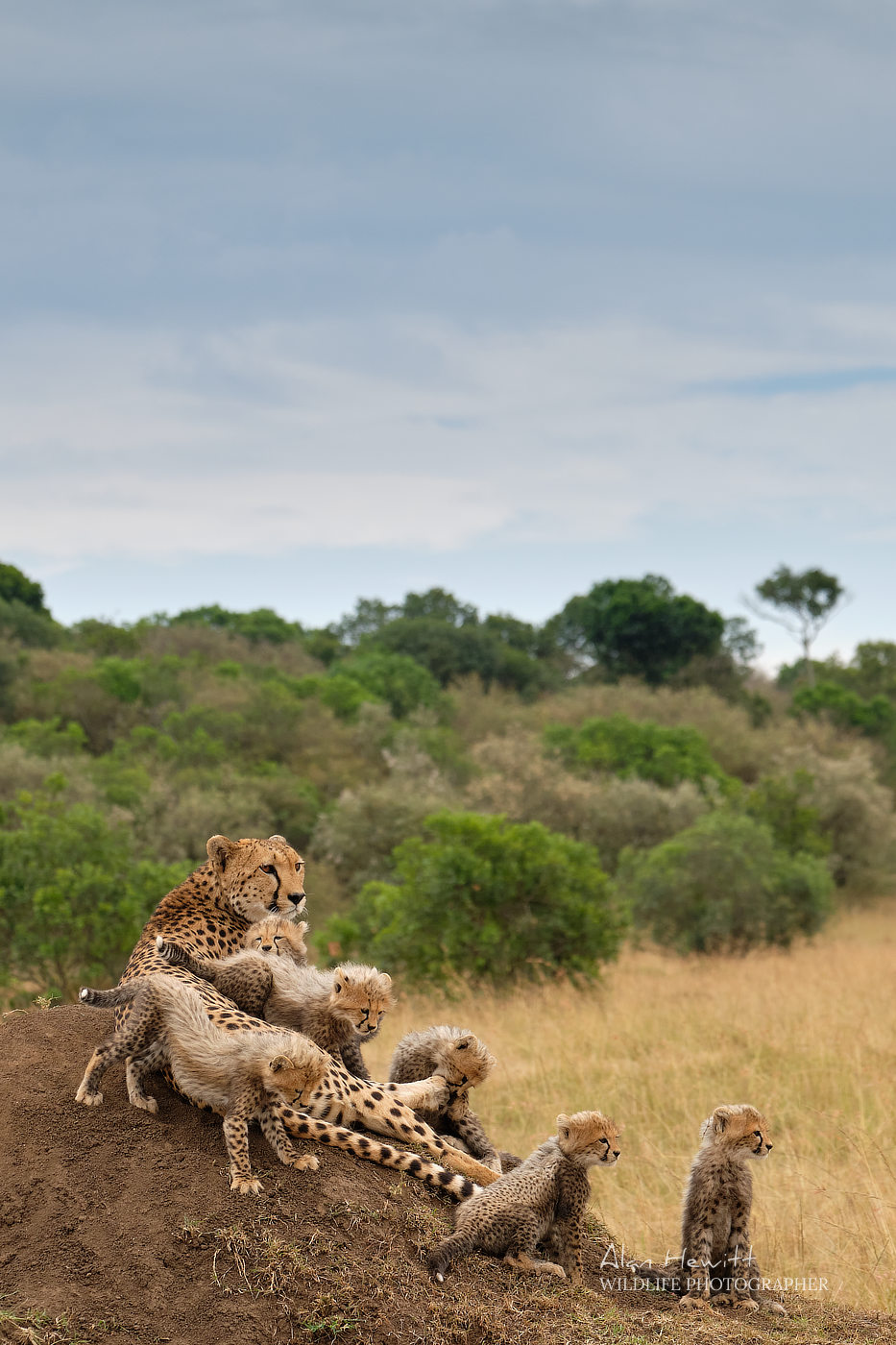Take a look around a location which is popular with landscape photographers and the chances are, you will see some neutral density graduated filters being used.
If you’re unfamiliar, their purpose is to balance the overall exposure, usually in a scene where there is bright sky and darker terrain. Here, the camera cannot always capture the full dynamic range, or all of the bright and dark tones. Graduated filters are clear at the bottom and darker towards the top. They come in different strengths and also in different severities of the transition of the graduation.
It is fair to say that you are less likely to see graduated filters being used with wildlife photography.
Much of the wildlife photography we see is associated with frame filling portraits or action shots, often with a shallow depth of field. There is either less need to balance the exposure or the composition and surroundings make filtration impractical. I’m not knocking this sort of wildlife photography at all, I love to see it and it still makes up a significant proportion of my own work.
I am, however, continually trying to evolve my work to photograph wildlife with a greater emphasis on context. By this I mean trying to include other elements, mutualistic and parasitic relationships, for example, and also what I term ‘wildlife in the landscape’.

Cheetah, three-stop soft Firecrest Ultra ND graduated filter (Formatt-Hitech), Fujifilm X-H1 & 100-400mm.
Popular to contrary belief, it is possible to create captivating photographs where wildlife subjects are a small element of a larger overall surrounding habitat or landscape. I believe photographs like this can often carry more interest than portraits. Plus, it’s good to try a range of compositions as it can create an interesting diversity and interest to your portfolio.
I always look around an animal’s surroundings to see what else I can include, another animal perhaps? An interesting tree, a beautiful or dramatic sky maybe? Sometimes this means using a wider-angle lens but more oftern than not, I usually stick with a longer lens to compress perspective or help decrease the depth of field to maintain emphasis on the subject.
This is also when I may choose to use a graduated ND filter or a polariser for exactly the same reasons as a landscape photographer would do so. Graduated ND filters are certainly relevant to wildlife photography!
There are, of course, alternatives to filters. For example, blending multiple exposures in software is popular. But, it is not often practical with moving and live subjects or when tripod use is not possible. Exposing for the highlights and using software to recover the darker tones is another technique.
However, I am an advocate of using filters to get as much right in camera as I possibly can. It gives me much more enthusiasm and satisfaction when I’m working in the field and I can see the results coming together. I’d much rather maximise my time out in the fresh air with the wildlife, perhaps enjoying a beer in the late sun on the African Savannah and enjoying camera craft than thinking about sitting in my office in front of a computer merging exposures.

Grey Seal, two-stop soft Firecrest Ultra ND graduated filter (Formatt-Hitech), Fujifilm X-H1 & 100-400mm.
FORMATT-HITECH FIRECREST FILTERS
 I am proud to be a UK brand ambassador for Formatt-Hitech who make an incredible range of filters with exceptional neutrality and sharpness.
I am proud to be a UK brand ambassador for Formatt-Hitech who make an incredible range of filters with exceptional neutrality and sharpness.
I use graduated filters from their Firecrest Ultra range. These filters were originally designed for the cinematic and broadcast industry. Perhaps their most famous credits are being used extensively in the recent Star Wars movies!
Firecrest Ultra filters undergo an additional manufacturing process to ensure complete clarity. This is also essential for video capture as any tiny imperfections in the glass would manifest as a ripple in the image when the cameras are panning. This also makes them more suited for use with longer focal length telephoto lenses.
You can use discount code AHEWITT10 to receive a 10% discount when ordering via the Formatt-Hitech website. Look out for occasional 20% discount codes too!


